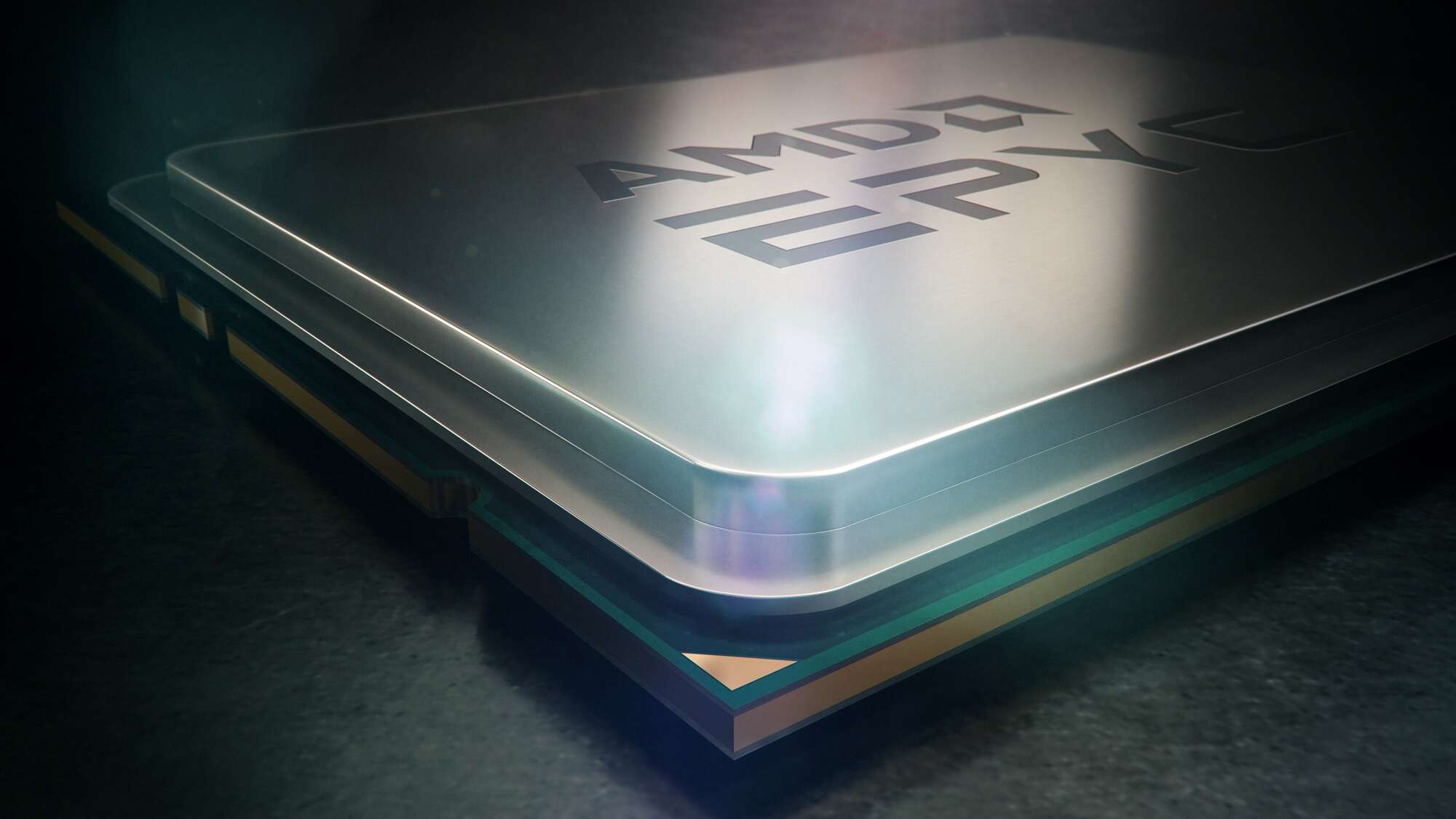
AMD has unveiled its latest Epyc processor for the server market. Known as Genoa, it delivers a significant performance upgrade on previous models and appears capable of outperforming the equivalent chip from rival manufacturer Intel. AMD has been making slow gains in the server chip market for years, and Genoa could help it further narrow the gap on Intel.

Genoa was launched yesterday and is the fourth generation of AMD’s Epyc line, designed specifically to handle server workloads. As ever, the US chipmaker is promising greater performance and energy efficiency when compared to older generations.
“Choosing the right data centre processor is more important than ever, and fourth-generation Epyc processors deliver leadership in every dimension,” said Dr Lisa Su, AMD’s CEO “The data centre represents the largest growth opportunity and most strategic priority for AMD, and we are committed to making AMD the partner of choice by offering the industry’s broadest portfolio of high-performance and adaptive computing engines. We have built the best data centre CPU roadmap in the industry.”
AMD’s share price climbed 14% yesterday following the announcement.
AMD Epyc Genoa leaps ahead on performance
AMD launched Genoa with an impressive slate of customers, with hyperscale cloud providers Microsoft Azure and Google Cloud among those incorporating Genoa into their servers. Oracle is also using the chips in its cloud platform, while Dell is deploying them in its next generation of PowerEdge servers.
On a technical level, the chip has been well-received by semiconductor industry watchers. Dylan Patel, chip analyst at SemiAnalysis said the processor delivers approximately twice the processing power of its predecessor, the Epyc Milan, with only a “modest” increase in power consumption.
Perhaps more crucially, Patel says it is superior to Intel’s latest server chip, known as Sapphire Rapids. “The fourth-generation Epyc Genoa launch marks the third consecutive generation where AMD beats Intel in the majority performance metrics,” he wrote. “Rome and Milan [the two previous AMD general purpose server chips] made the cloud players start buying a lot of AMD, and Genoa is when the volumes jump across most remaining markets and end users. SemiAnalysis believes the gap between Genoa and Sapphire Rapids is larger than the gap between Milan and [Intel’s] Ice Lake.”
Patel adds that he believes this gap will only “continue widening until late 2024”, and even into 2025, when AMD and Intel‘s respective road maps have them launching chips known as Sierra Forrest and Granite Rapids.
Intel and AMD going head-to-head in the server chip market
The arrival of Genoa comes as Intel deals with delays to Sapphire Rapids. Details of the chip were revealed earlier this year, but it has yet to go into mass production, with a launch event now scheduled for January.
This means general availability is unlikely until later in the year, with Intel reportedly struggling with yield issues in its production process. Such production problems have characterised the US firm’s new product launches for many years, with a string of delays leading customers to look elsewhere.
As a result, AMD has been growing its server chip market share, a segment that was previously dominated by Intel. Data from Mercury Research shows that in the third quarter of this year AMD had 17.5% of the market, up 3.6% year-on-year. The company’s most recent quarterly revealed that revenue from datacentres was $1.6bn, a 45% year-on-year bump.
Intel is also facing competition from Arm-based server chips developed by Ampere Computing, which has been making waves with the cloud hyperscalers. It is due to deliver its latest processor, the Ampere One, before the end of the year.






